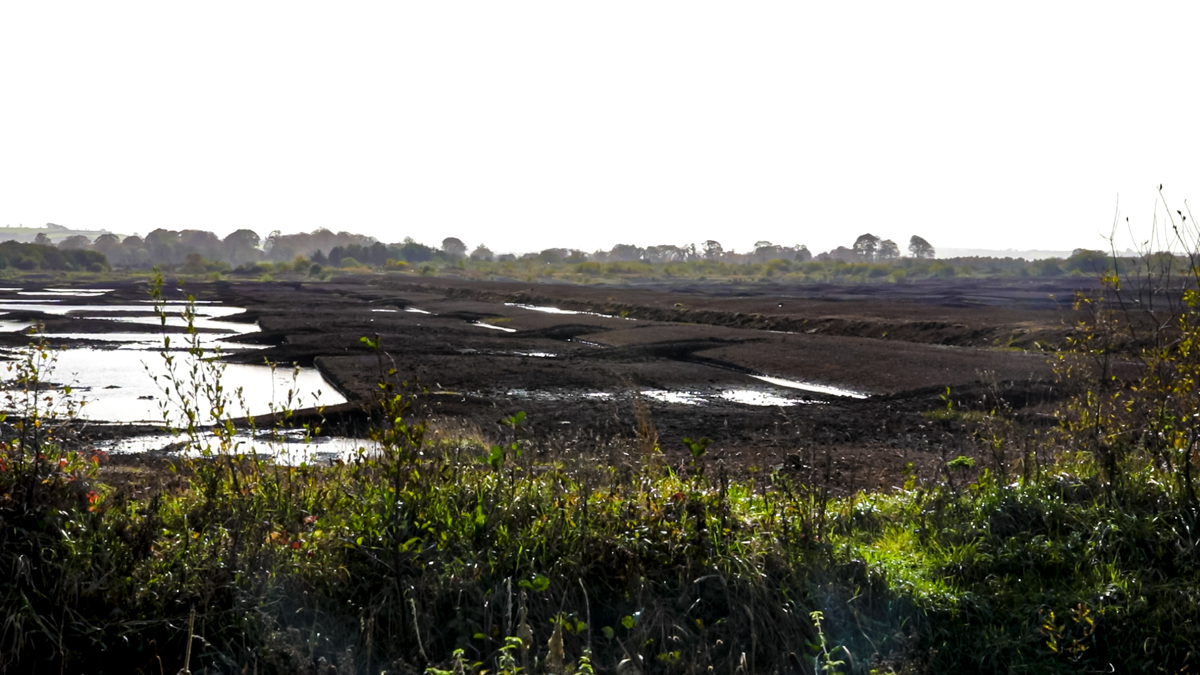Ireland has opted to voluntarily report on the impact of managed wetland and bogs on greenhouse gas emissions and removals beginning this year, as part of “progress towards EU targets”.
Under EU regulations, managed wetland includes wetland which remains as wetland, settlement or other land, converted to wetland; or wetland converted to settlement or other land.
In Ireland, the majority of managed wetland falls under peatland from which peat for energy and horticultural purposes has been extracted.
This will change with the application of a new EU land use accounting system, which will apply to emissions and removals over the period of 2021 to 2030. This will be measured over two periods: 2021 to 2025; and 2026 to 2030.
It is anticipated that this will be mandatory for managed wetland in the second period.
‘Another of the key building blocks’
According to the Department of the Environment, Climate and Communications, this decision will also impact on how Ireland approaches land use policy in relation to managed wetland.
Also, the potential emission reductions and/or enhanced removals from managed wetland could be used “to help Ireland achieve its land use, land use change and forestry target”, although, it is not possible to provide definitive estimations for such contributions at the moment. This is also being considered under the EU Commission’s Green Deal.
Minister for the Environment, Climate and Communications Eamon Ryan said that this decision to account for managed wetland is “another of the key building blocks we are putting in place to support the delivery of climate objectives”.
“Our wetlands have a key role to play in both storing and capturing carbon emissions. What gets measured, gets managed; and this will incentivise us to create more potential for carbon sinks,” he added.
